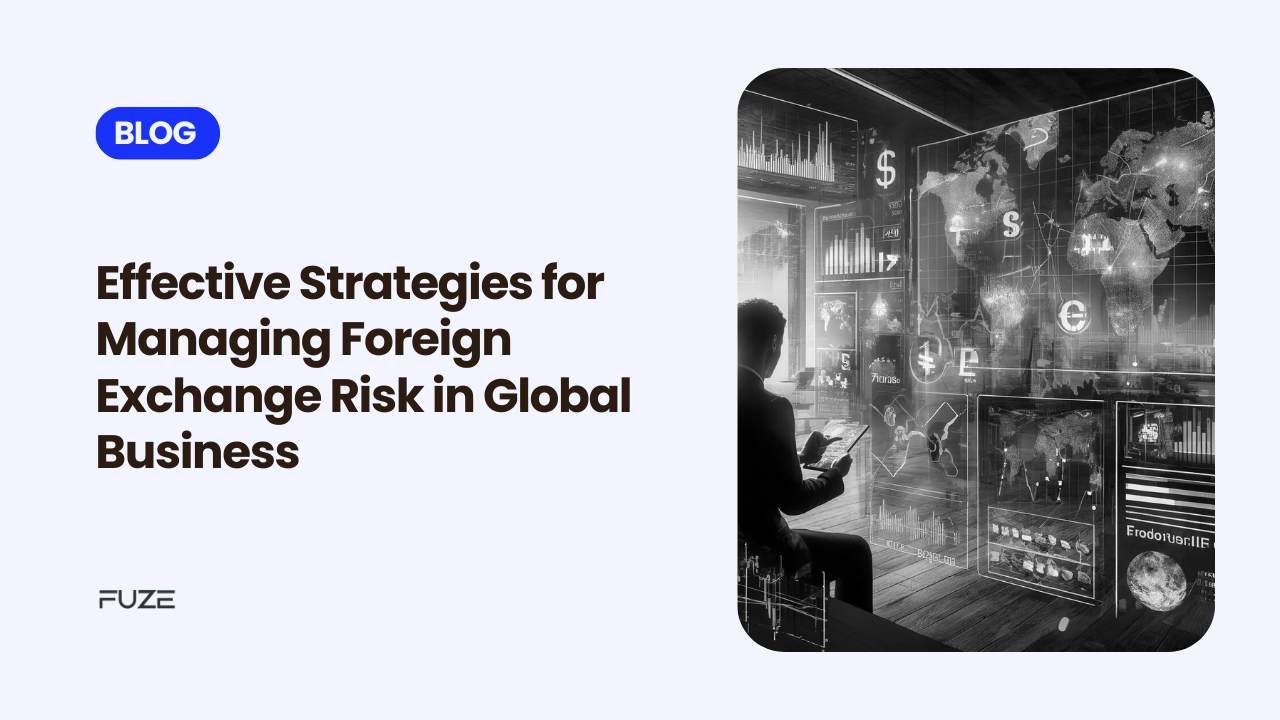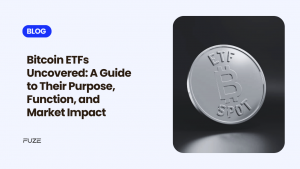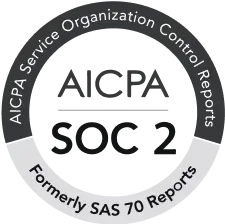As companies expand their presence across borders, foreign exchange risk in global businesses has become a central issue that can directly impact profitability and sustainability. With currency values fluctuating daily due to economic shifts, interest rate changes, and geopolitical factors, the foreign exchange market remains one of the most volatile elements of international business. For companies with operations, suppliers, or customers in multiple countries, foreign exchange risks can affect everything from revenue projections to cost management, making a proactive approach essential for financial stability.
Effectively managing foreign exchange risk means not only protecting the company’s current assets but also enabling it to strategically plan for future growth and investment opportunities across global markets. This blog explores the nuances of foreign exchange risk in global business and presents a suite of strategies that businesses can adopt to mitigate these risks. We also delve into how Fuze’s comprehensive platform helps companies reduce currency exposure, increase efficiency, and build resilience in a volatile global landscape.
Understanding Foreign Exchange Risk in International Transactions
Foreign exchange risk refers to the potential financial losses businesses may face due to fluctuations in currency exchange rates when conducting cross-border transactions. These fluctuations can alter the value of cash flows, assets, and liabilities held in foreign currencies, leading to unexpected costs or reduced profits.
There are three primary types of foreign exchange (FX) risk:
- Transaction Risk: Occurs when currency values change between the initiation and settlement of a contract. For example, if a U.S.-based business signs a contract to pay a European supplier in euros, fluctuations between the euro and dollar can increase or reduce costs at settlement.
- Translation Risk: Affects businesses with international subsidiaries, as currency fluctuations impact the valuation of assets and liabilities when consolidated into the parent company’s financial statements.
- Economic Risk: Arises from macroeconomic factors that impact long-term market presence and competitiveness. Persistent currency devaluation in an overseas market, for instance, can reduce future revenue, impacting a company’s market share and profitability.
Using Digital Assets to Mitigate FX Risk
Digital assets, especially stablecoins, are transforming how businesses approach foreign exchange (FX) risk management. These innovations provide a flexible and cost-effective alternative to traditional currency hedging mechanisms, helping companies to mitigate the impact of currency fluctuations in international transactions.
1. Stablecoins and Reduced Volatility
Stablecoins, like USDC (USD Coin) and USDT (Tether), are pegged to stable assets such as the U.S. dollar or other major currencies. This pegging minimises their volatility relative to traditional cryptocurrencies, which are known for rapid price swings. Because of their stability, these assets are becoming popular for international transactions, enabling businesses to manage their exposure to FX risk without the unpredictability of traditional currency pairs.
2. Instant, Low-Cost Transfers
Digital assets facilitate instant, low-cost transfers, bypassing the traditional banking system, which often involves multiple intermediaries and can take several days to process international transactions. Blockchain technology enables these transfers to settle instantly or within minutes, reducing the time that funds are exposed to potential currency shifts. For companies that operate across multiple time zones or have tight cash flow requirements, the ability to move funds quickly with minimal risk exposure is invaluable.
3. Elimination of Intermediary Fees
Traditional international transactions often involve high fees due to the number of intermediaries required (such as correspondent banks, clearinghouses, and payment processors). On-chain transactions eliminate the need for these intermediaries, which significantly reduces transaction costs. This reduction in fees allows businesses to allocate more resources to operational needs rather than covering financial transfer costs.
4. Predictable Cash Flow Management
By using stablecoins, businesses can make cross-border payments without converting local currencies into foreign fiat currencies, which can fluctuate unpredictably. This predictability improves cash flow management, as companies can conduct business transactions without worrying about sudden shifts in exchange rates. Stablecoins allow for real-time payments, so companies can settle invoices or contracts at a moment’s notice, making financial planning more reliable.
6. Broader Access to Global Markets
Digital assets allow businesses to operate in markets that may otherwise be difficult or costly to access due to traditional banking restrictions. Blockchain technology and stablecoins make it easier for companies to establish a presence in new regions, access new customers, and work with international suppliers, regardless of the limitations or inefficiencies of the traditional banking system in those regions.
7. Reduced Counterparty Risk
Traditional foreign exchange transactions often expose businesses to counterparty risk, where one party may default or fail to meet their contractual obligations. With blockchain and digital assets, smart contracts and decentralised finance (DeFi) protocols reduce this risk by enabling transactions to be executed automatically and independently of any central authority. This feature provides an added layer of security, especially in emerging markets or regions with less stable financial institutions.
Key Strategies for Hedging Against FOREX Risk
A variety of hedging strategies are available to mitigate FX risk, each serving specific needs based on risk tolerance and market conditions:
- Forward Contracts: These are agreements to exchange currency at a set rate on a future date, enabling businesses to secure favourable rates and eliminate uncertainty. Forward contracts are particularly useful for companies with predictable future transactions.
- Options: Currency options provide the right, but not the obligation, to exchange currency at a predetermined rate. This strategy gives companies flexibility to benefit from favourable currency movements while limiting downside exposure.
- Natural Hedging: By matching currency revenues and costs (e.g., sourcing and selling in the same currency), businesses can reduce their exposure without financial instruments.
- Currency Swaps: These are agreements to exchange principal and interest payments in different currencies, allowing businesses to restructure debt into their preferred currency.
- Real-Time Monitoring and Analytics: Treasury management systems equipped with real-time data and analytics allow companies to track FX trends and make informed decisions about timing transactions, diversifying holdings, or adjusting hedging strategies based on market shifts.
Benefits of Forward Contracts and Options
Forward contracts and options are two of the most commonly used FX hedging instruments. Here’s why they’re highly effective:
- Predictability with Forward Contracts: Locking in a specific rate ensures that businesses can anticipate the exact cash flow required for future payments. This certainty helps in budgeting and financial planning, making it ideal for businesses with significant anticipated FX exposure.
- Flexibility with Options: Options allow companies to benefit from favourable market movements while limiting potential losses. Although options come with an upfront cost (premium), they provide a valuable safety net against adverse currency movements, and the flexibility to participate in positive trends.
Forward contracts and options are particularly advantageous for businesses operating in highly volatile markets, as they reduce uncertainty and enable companies to better manage currency exposure.
How Fuze’s Solutions Help Businesses Manage Foreign Exchange Risk
At Fuze, we understand the complexities of global finance, and our solutions are designed to help businesses of all sizes navigate such risk efficiently. Here’s how our platform supports effective FX risk management:
- Real-Time Exchange Rate Monitoring: Through our platform, businesses can track exchange in real-time, set alerts, and execute transactions at opportune moments. This capability is essential for optimising transaction timing and making data-driven hedging decisions.
- Digital Asset Integration: Fuze integrates stablecoins and other digital assets into our FX solutions, providing clients with faster and cost-effective cross-border payment options. By leveraging stablecoins, businesses can avoid intermediary fees, improve transparency, and reduce the risk of FX fluctuations.
- Personalized Guidance and Support: With Fuze’s team of experts, businesses receive dedicated support tailored to their specific industry and market conditions to help businesses navigate FX risk effectively.
Fuze’s Role in Simplifying FX Risk Management
Fuze is committed to simplifying the complex world of FX risk management, making it accessible for businesses at every stage. Through our comprehensive platform, we empower companies to make informed decisions and leverage innovative solutions for a resilient financial strategy.
- Ease of Use: Our user-friendly platform and seamless onboarding process mean businesses can quickly integrate FX risk management into their financial operations without significant disruption.
- Cost-Effective Solutions: Fuze’s competitive fee structure and transparent pricing make it affordable for businesses to access top-tier risk management tools without incurring excessive costs.
- Scalability: Whether a business is just beginning its international expansion or is a seasoned player in the global market, Fuze offers scalable solutions that grow alongside its clients, adapting to meet their evolving needs.
Conclusion: The Value of Managing Foreign Exchange Risk in Global Business
With Fuze, businesses gain access to a comprehensive platform that simplifies FX risk management, enhances transparency, and ensures predictable cash flows, even in volatile markets.
As businesses continue to expand globally, a robust FX risk management strategy becomes more critical than ever. Whether you’re hedging against currency risk, optimising cash flow, or leveraging the latest digital tools, Fuze stands ready to support your journey with innovative solutions tailored to your financial goals.
Disclaimer: Virtual assets carry significant risks, including high volatility and potential loss of your entire investment. They are not backed by governmental protections, and recourse may be limited in case of loss. Always assess your risk tolerance, fully understand the risks, and seek independent financial advice if needed before investing.
Frequently Asked Questions
1. Can digital assets, like stablecoins, help mitigate FX risk?
Yes, digital assets, particularly stablecoins pegged to stable currencies, can reduce FX risk by providing a predictable value for cross-border payments. Using digital assets can also streamline transactions, reduce fees, and minimise reliance on traditional fiat currencies.
2. What is a natural hedge, and how does it help manage FX risk?
A natural hedge occurs when a business balances revenue and expenses in the same foreign currency, reducing the need for currency exchange. For example, a company that earns in euros and also incurs expenses in euros has limited exposure to exchange rate fluctuations.
3. What are the benefits of using currency swaps in FX risk management?
Currency swaps involve exchanging principal and interest payments in different currencies with another party. They allow companies to secure lower financing costs, access new markets, and align currency exposure with revenue, reducing FX risk.
4. What factors should businesses consider when choosing an FX risk management strategy?
Key factors include transaction volume, currency volatility, timing, financial goals, and market conditions. Businesses should also consider their risk tolerance, cash flow requirements, and whether they need flexibility or fixed outcomes.
5. How can a foreign exchange risk management policy benefit a company?
A formal FX risk management policy provides a structured approach to identifying, assessing, and mitigating FX risks. It helps companies set consistent practices, make informed decisions, and protect against currency volatility, supporting stability and profitability.







